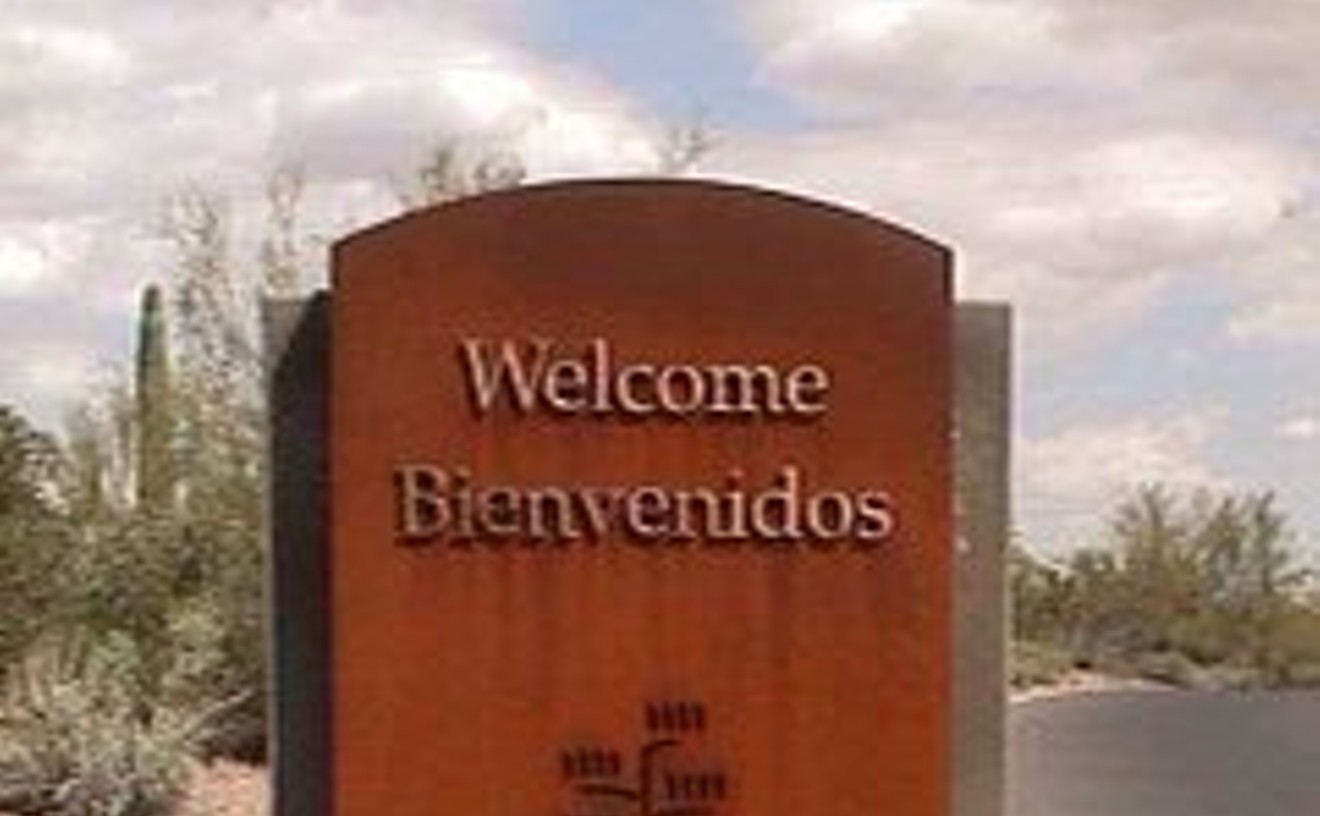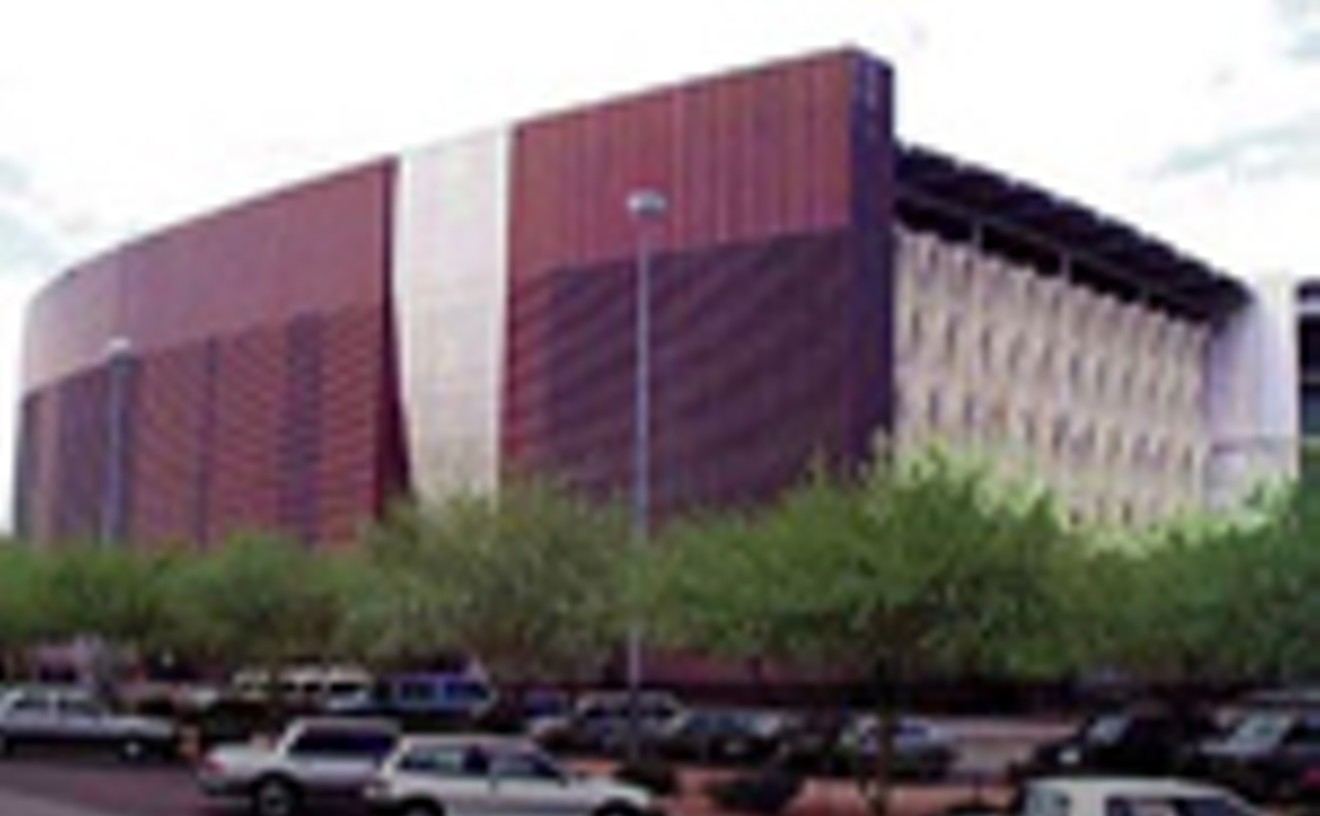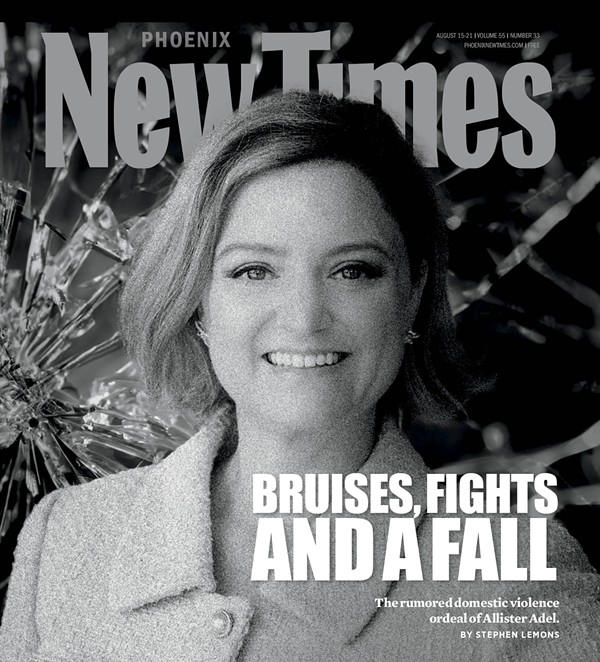You can't, as it turns out. But "It's so hot, you can fry an egg on the sidewalk!" long has been a standard summertime exclamation around these parts. Meant as a creative alternative to the plain old "Boy, it's hot!" this story's nearly as old as the ones Aesop used to peddle — and about as factual, too. According to Bill Nye the Science Guy, the lowest temperature at which one can cook an egg is 130 degrees Fahrenheit — and only if you want to grill that bird ovum for nearly a half-hour.
Further, concrete is a lousy conductor of heat: It's light-colored in order to reflect rather than absorb heat. Cracking the egg into a frying pan and placing that on the macadam doesn't work, either — we tried it. Still, groaning about cooking breakfast on the pavement is a colorful tale that refuses — like summer itself, it often seems — to leave us.







